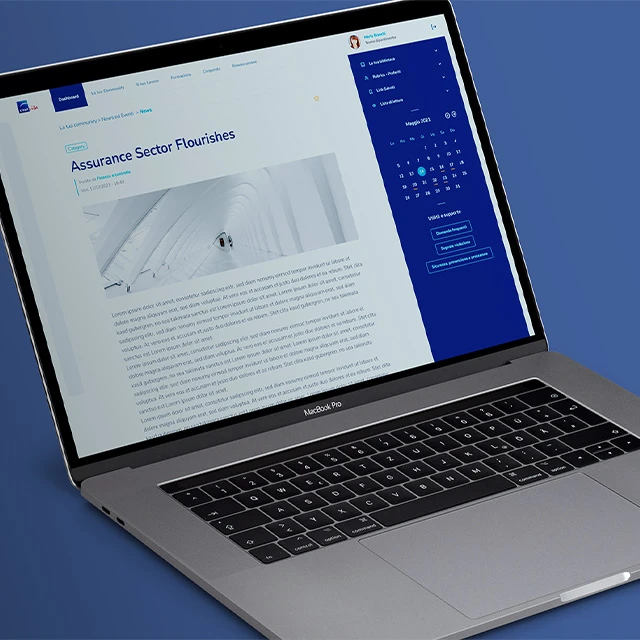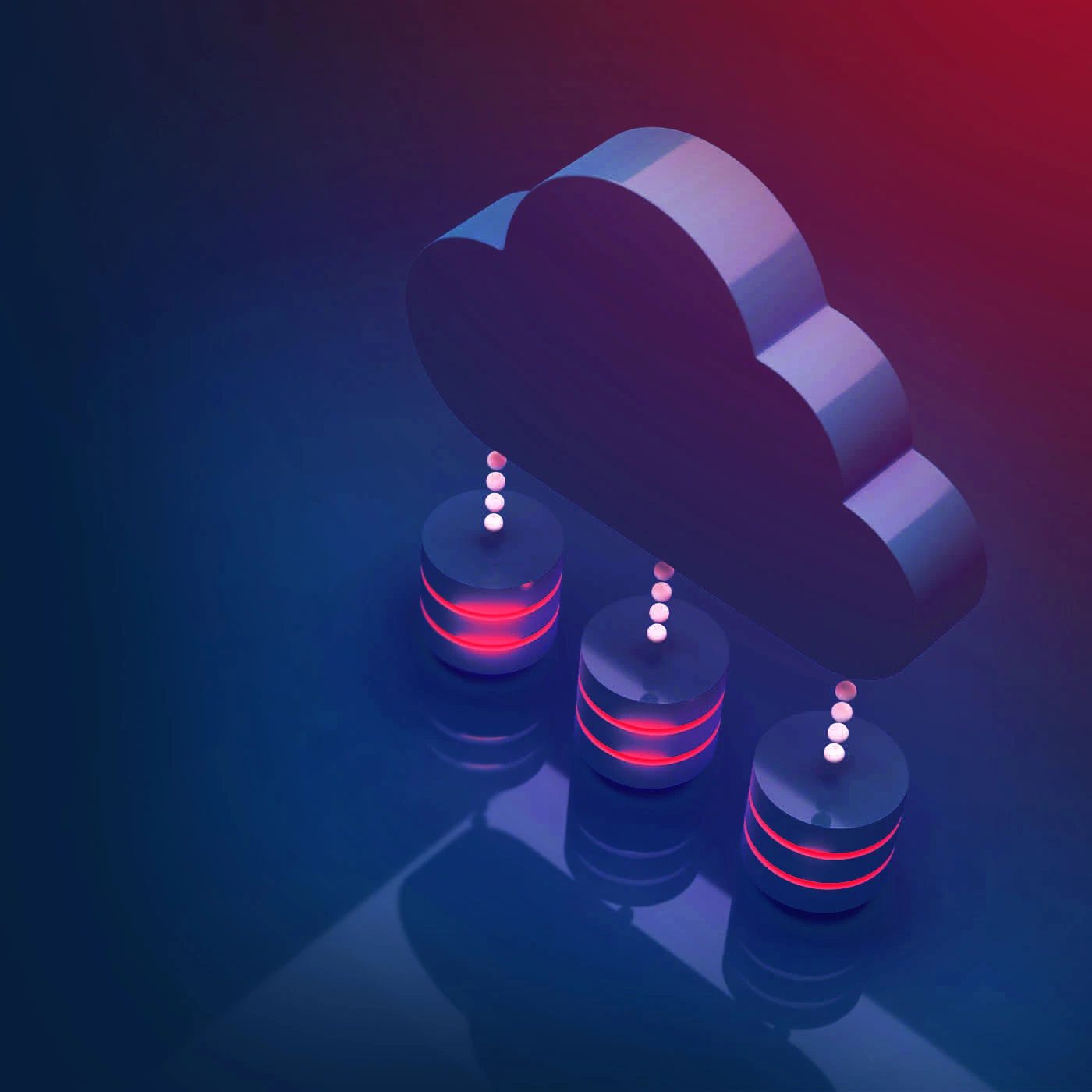Services
Cloud native services
Custom Development
Consultancy and Design
Resources
Blog for tech people
SparkBlog
Insights
Success Stories
Services
Cloud native services
Cloud Native Journey
DevOps & Platform Engineering
Kubernetes Consultancy
Supply Chain Security
Managed Services
Application Modernization
Cloud Migration Service
Custom Development
Drupal
Web Application
AI Development
Mobile Development
Consultancy and Design
Strategy & Design
Training
Cloud Native Journey
Our services


















